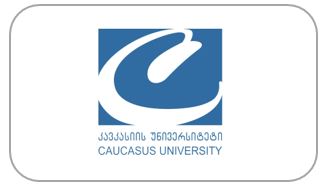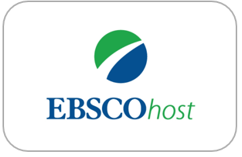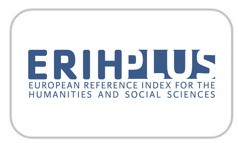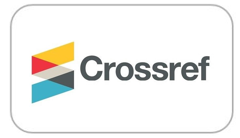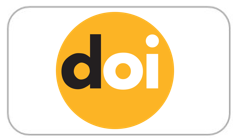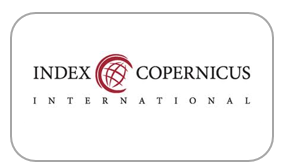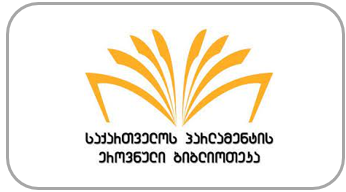ტკივილის მართვის სერვისები საქართველოში
DOI:
https://doi.org/10.52340/healthecosoc.2024.08.02.08საკვანძო სიტყვები:
პალიატიური მკურნალობა., ოპიოიდური ტკივილგამაყუჩებელი მედიკამენტები, ქრონიკული და მწვავე ტკივილი, ტკივილის მართვაანოტაცია
შესავალი: მსოფლიოს მრავალ ქვეყანაში, მათ შორის საქართველოში, ტკივილი, რომელიც თან ახლავს სხვადასხვა დაავადებებს (ონკოლოგიური, ხერხემლის, სახსრების, ტრავმების შემდგომ და სხვა.) დიდ პრობლემებთან არის დაკავშირებული. როგორც ქრონიკული, ასევე მწვავე ტკივილის ადეკვატური მართვა მოითხოვს დიდ რესურს, როგორც მატერიალურს ასევე ადამიანურს. კვლევის მიზანია ტკივილის მართვის სერვისების შესწავლა საქართველოში. მეთოდოლოგია: დამუშავდა და გაანალიზდა შესაბამისი ლიტერატურიდან მოძიებული თეორიული მასალა. შედეგები: კვლევამ აჩვენა ტკივილის სწორად მართვის ხარვეზები პირველადი ჯანდაცვის ქსელის სამედიცინო პერსონალს შორის. საქართველოში არ არსებობს ტკივილის მართვის მიმართულებით სამედიცინო პერსონალის გადამზადების კურსები, სადაც გაეცნობოდნენ ტკივილის მართვის უახლოეს თანამედროვე მიდგომებს. დასკვნა: რეკომენდირებულია, ტკივილის მართვის სპეციალიზებული ცენტრების დაარსება რეგიონებში, რომლებიც აღჭურვილი იქნება სათანადო პროფესიონალებით და მოწინავე მკურნალობის მეთოდებით, პაციენტებისათვის ქრონიკული ტკივილის კომპლექსური საჭიროებების დასაკმაყოფილებლად. საჭიროა, სამედიცინო პერსონალის განათლების ამაღლება და პრაქტიკაში არსებული ხარვეზების აღმოფხვრა. ქვეყანაში ტკივილის მართვისთვის ჯანმოს მიერ რეკომენდირებული მინიმალური მედიკამენტების ხელმისაწვდომობა.
წყაროები
• ძოწენიძე ფ, რუხაძე თ, აბესაძე ი. (2012). ქრონიკული ტკივილის მართვა’’ კლინიკური პრაქტიკის ეროვნული რეკომენდაცია (გაიდლაინი) და კლინიკური მდგომარეობის მართვის სახელმწიფო სტანდარტი (პროტოკოლი) პირველადი ჯანდაცვის ექიმებისთვის. https://www.tsmu.edu/lib/d_training/files/gu01.pdf
• INCB. (2018). Narcotic Drugs — Estimated World Requirements for 2018 — Statistics for 2016. International Narcotics Control Board. (accessed 12/14/2024).
• INCB (2016). Availability of Internationally Controlled Drugs: Ensuring Adequate Access for Medical and Scientific Purposes. International Narcotics Control Board. (accessed 12/14/2024) https://www.incb.org/documents/Publications/AnnualReports/AR2015/English/Supplement-AR15_availability_English.pdf
• King NB, Fraser V. (2013). Untreated pain, narcotics regulation, and global health ideologies. PLoS Med. 10(4):e1001411. doi: 10.1371/journal.pmed.1001411.
• McGhie J, Grady K. (2016). Where now for UK chronic pain management services? Br J Anaesth. 116(2):159-62. doi: 10.1093/bja/aev447.
• WHO. (2014). Global Status Report on Noncommunicable Diseases 2014. "Attaining the Nine Global Noncommunicable Diseases Targets; a Shared Responsibility". World Health Organization.
https://iris.who.int/bitstream/handle/10665/148114/9789241564854_eng.pdf (accessed 12/14/2024).
• WHO. (2000). Narcotic and psychotropic drugs: achieving balance in national opioids control policy: guidelines for assessment. World Health Organization. (accessed 12/14/2024) https://iris.who.int/handle/10665/66496
• Williams ACC, Craig KD. (2016). Updating the definition of pain. Pain. 157(11):2420-2423. doi: 10.1097/j.pain.0000000000000613.


